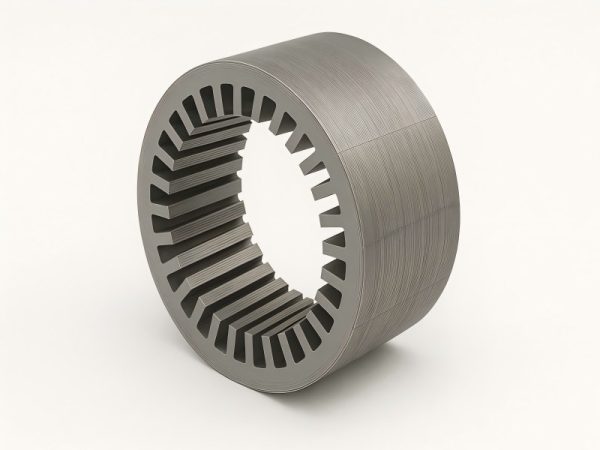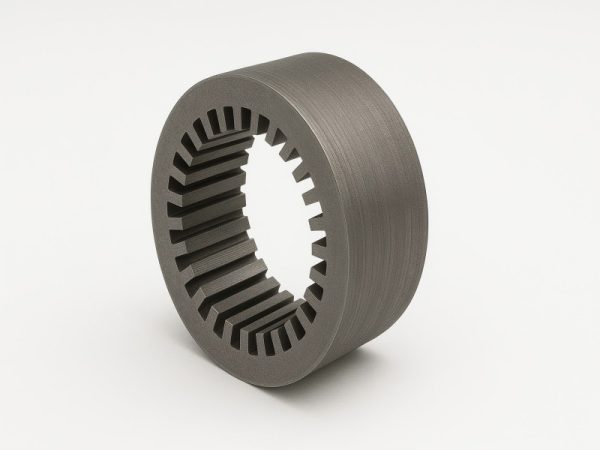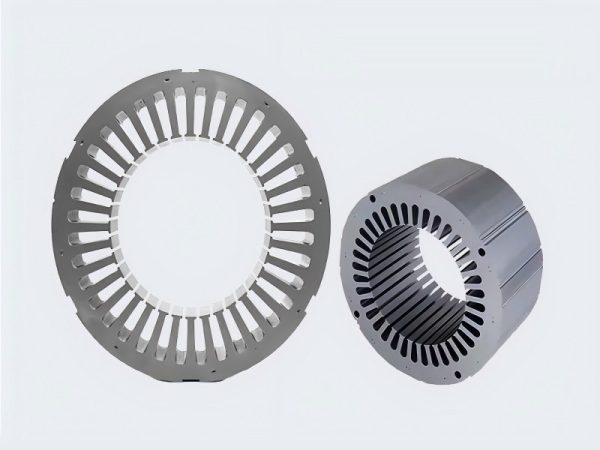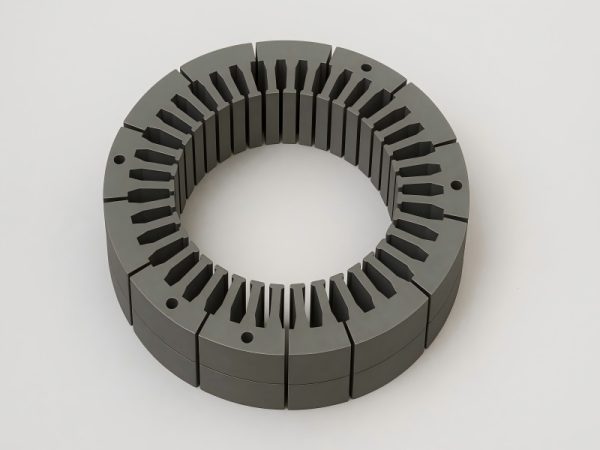The stator core is crucial for the efficiency, reliability, and performance of electrical motors. Sometimes invisible, it creates the magnetic field that drives the motor.
A well-designed stator core is key to the proper functioning of motors, whether in small devices or large industrial machinery. Understanding its role and design requirements is essential for engineers, manufacturers, and anyone involved in motor development.
What is the Stator Core?
The stator core is the stationary part of a motor that works with the rotating rotor to produce mechanical energy. It is usually made of laminated sheets of electrical steel to form a magnetic circuit, reducing eddy current losses that can decrease motor efficiency.
The core holds the wire coils where the electromagnetic interaction takes place. As current flows through the coils, it creates a magnetic field that moves the rotor, enabling the motor to work. The stator core’s ability to generate magnetic flux is key to motor efficiency.
A high-quality stator core improves energy conversion, reduces heat, and boosts performance. To ensure efficient function, careful attention must be given to the design and material choices.
Key Functions of the Stator Core
Magnetic Field Generation
When an electric current flows through the stator windings, the stator core’s main job is to create a magnetic field. Through interaction with the rotor, this magnetic field produces mechanical motion. The core’s capacity to transfer magnetic flux effectively is what makes this process effective.
Reducing Eddy Currents
Electric current loops created by shifting magnetic fields within conductors are known as eddy currents. These currents result in the production of heat. To minimize this, stator cores are typically made of laminated sheets of silicon steel, which create barriers to the flow of eddy currents. This design improves efficiency and reduces energy wastage.
Heat Dissipation
The stator core must efficiently dissipate the heat generated during motor operation. If heat is not properly managed, it can damage both the stator and the windings, reducing motor lifespan. Therefore, materials with good thermal conductivity, like silicon steel, are often used to help dissipate heat away from the core.
Structural Support
The stator core also provides structural support for the windings that are inserted into its slots. It ensures that these windings remain securely in place during the motor’s operation, preventing potential damage or wear caused by vibration or movement.
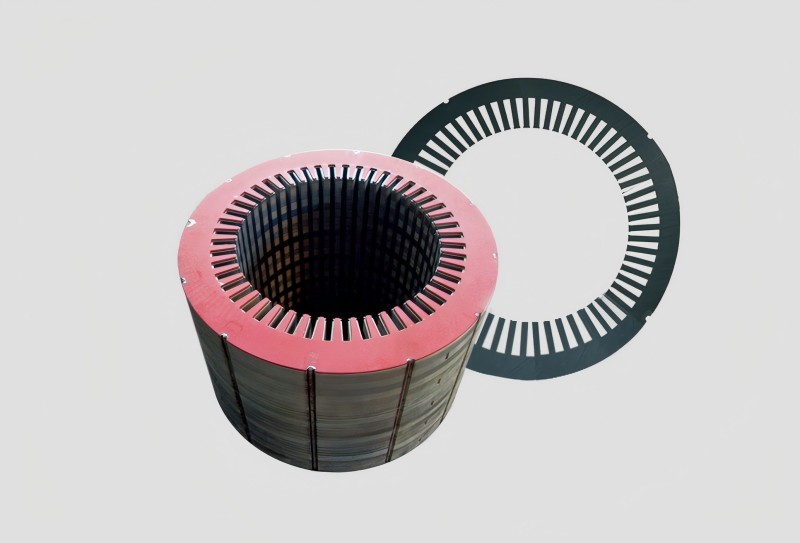
Key Requirements for an Effective Stator Core
High Magnetic Permeability
The stator core material’s high magnetic permeability is one of its most important properties. This allows the core to efficiently channel and support the magnetic field generated by the stator windings. Materials with higher permeability require less energy to generate the same magnetic flux, improving motor efficiency.
Low Hysteresis Loss
Hysteresis loss occurs when magnetic materials retain magnetization after an external magnetic field is removed. This loss, caused by the lag between the changes in magnetic field and the material’s response, is minimized in the stator core by using materials with low hysteresis loss. High-quality electrical steels or amorphous alloys are preferred due to their ability to reduce this form of energy wastage.
Low Eddy Current Loss
As previously mentioned, eddy currents are detrimental to motor efficiency. To reduce this, the stator core is often made from laminated sheets of steel to interrupt the flow of these currents. The thinner the lamination, the lower the eddy current loss, which is a significant factor in improving energy efficiency and performance.
Thermal Conductivity
Stator cores must be constructed from heat-dissipating materials. Because silicon steel has strong thermal conductivity and prevents heat from being trapped in the stator core, it is frequently used. The motor’s lifespan and operating dependability are increased by adequate heat dissipation.
High Strength and Durability
A stator core must also be robust and durable. During operation, the core experiences constant mechanical stresses, especially in high-speed motors. A strong, durable core material ensures that the motor can withstand these forces without degrading over time.
Cost-Effectiveness
While high-performance materials are important, manufacturers must balance performance with cost-effectiveness. The materials used in the stator core should provide the best performance for the price while meeting all necessary efficiency and durability standards.
Materials Used in Stator Core Manufacturing
The most common material used for manufacturing stator cores is electrical steel. This material’s excellent thermal qualities, minimal hysteresis loss, and high magnetic permeability make it the favored choice. In particular, silicon steel is widely used because it enhances the magnetic properties and reduces energy loss due to its excellent lamination properties.
Another emerging material is amorphous steel, which has a non-crystalline structure that allows for improved performance in some motors. While it is more expensive, its potential for extremely low losses makes it ideal for high-efficiency motors, especially in specialized applications like wind turbines and electric vehicles.
Stator Core Design Considerations
The design of the stator core plays a pivotal role in ensuring the motor performs optimally. Several considerations must be factored in, including:
- Lamination Thickness: The thickness of the laminations impacts eddy current loss. Thinner laminations help reduce these losses but can make the core more prone to mechanical deformation.
- Slot Design: The design of the stator slots affects the amount of copper wire that can be inserted, which in turn impacts the motor’s overall power output and efficiency.
- Core Materials: As mentioned earlier, the choice of silicon steel or amorphous materials plays a significant role in determining the motor’s performance, especially in terms of magnetic efficiency and heat dissipation.
Conclusion
The stator core is a crucial part of any electric motor, creating the magnetic fields that drive its movement. Efficiency, performance, and longevity are influenced by the motor’s design, materials, and manufacturing quality. Engineers and manufacturers must ensure stator cores have high magnetic permeability, low eddy current losses, and good thermal conductivity for peak performance.


